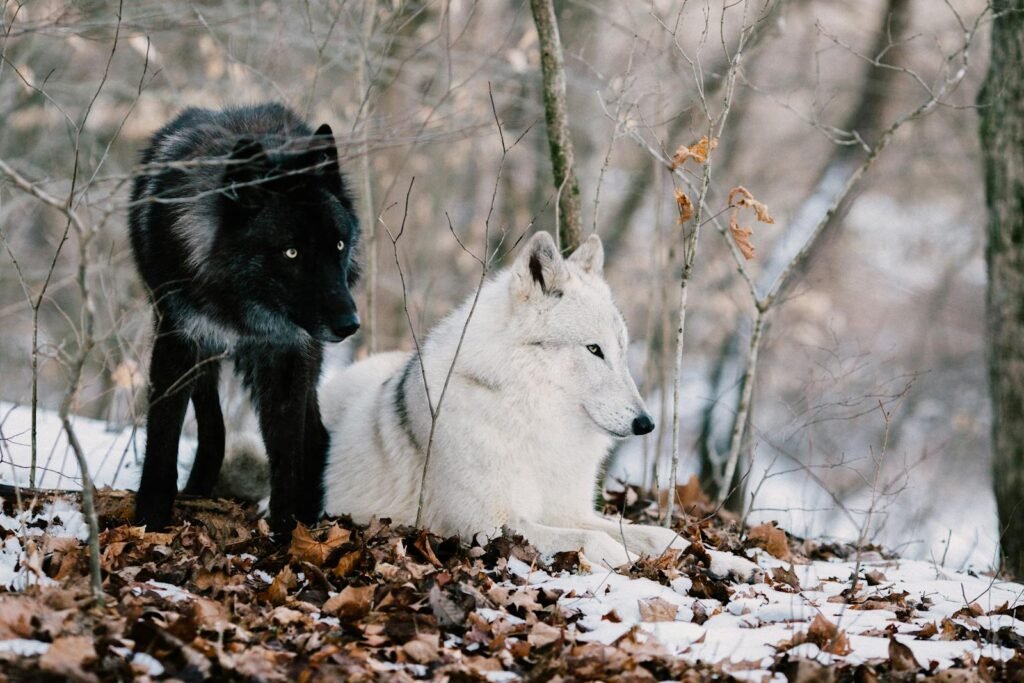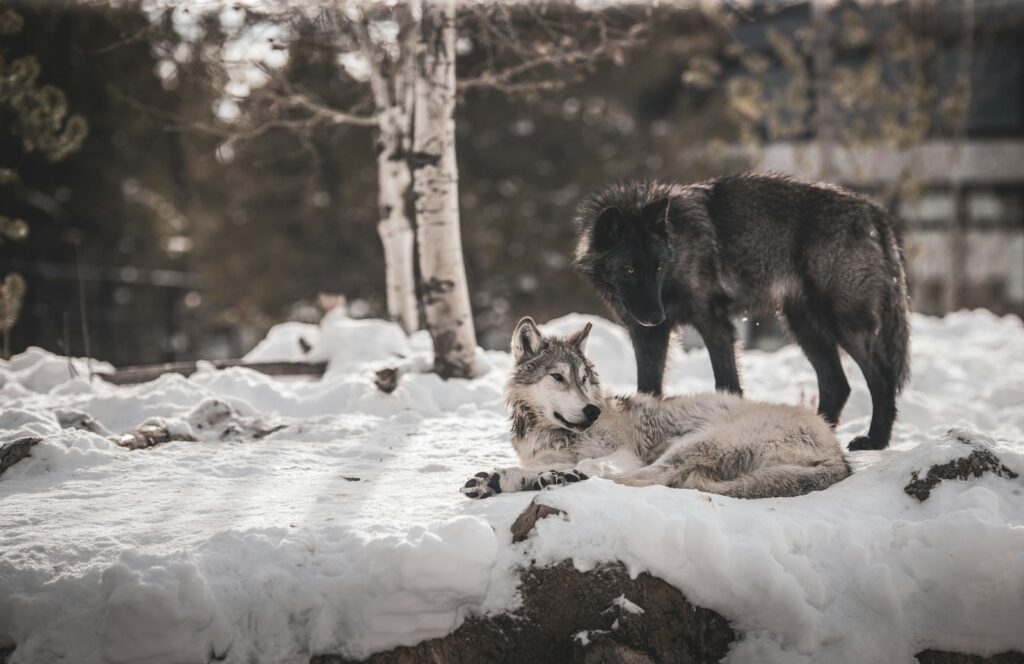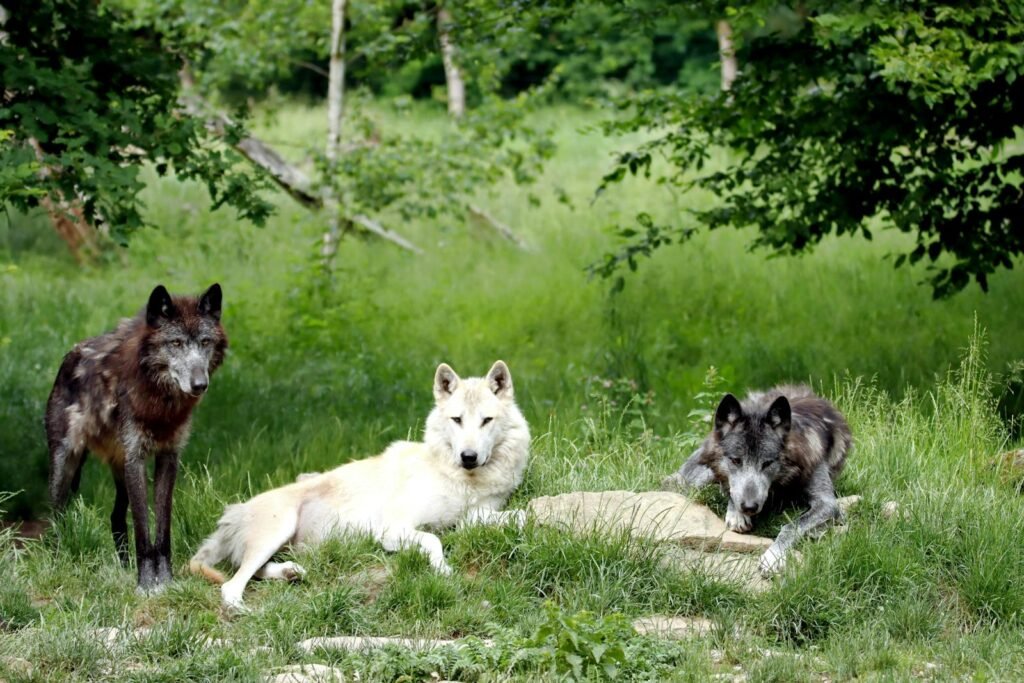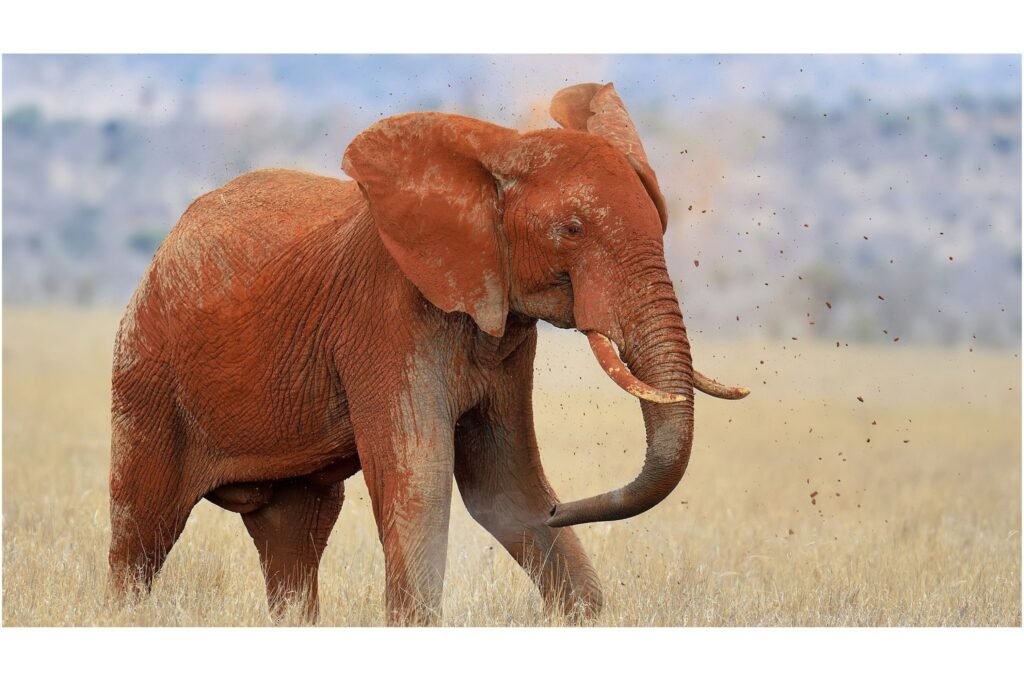The haunting cry of a wolf has rung out throughout Yellowstone for hundreds of years a cry that once disappeared from the park but now is a symbol of conservation achievement. Now, the same cry is opening up a new frontier in the study of wildlife, with the help of artificial intelligence. Through a first-of-its-kind alliance, The Colossal Foundation, Yellowstone Forever, and the Yellowstone Wolf Project are sending cutting-edge acoustic monitoring and artificial intelligence into the field to decipher the invisible language of wolves. Why? To transform our knowledge and preservation of these iconic predators.
The Language of Wolves: More Than Just Howls

Wolves employ a complex symphony of sound, each with individual meaning. Growls are threatening, whines submissive, and barks serve as warning calls. But the howl, low, resonant, and distant, is their most extensively studied call.
Studies reveal that wolves howl to gather dispersed pack members together, mark territory, or even lament fallen friends. Some howls are individual, while others explode into chorus-like singing, with several wolves harmonizing over miles. These sounds can carry a maximum of 16 km (10 miles) in open country and are hence well-suited to acoustic monitoring. Scientists now turn to AI to unravel patterns in the calls to potentially uncover pack dynamics, stress levels, and even health at the population level.
From Collars to Cameras: A Less Invasive Approach
For decades, tracking wolves meant darting them from helicopters and fitting them with GPS collars was a stressful and expensive process. While collars provide critical movement data, they offer little insight into social behavior.
Enter GrizCam, a 360-degree camera and audio system developed by Montana’s Grizzly Systems Inc. These tough units, deployed close to wolf dens, record high-definition video and crystal-clear howls without spooking the animals. The true innovation? AI can now review these recordings in real time, recognizing individual wolves, monitoring pack dynamics, and even sensing threats such as gunshots.
“Think about listening to a howl and then seeing the wolf that made it minutes later,” says Matt James, Chief Animal Officer at Colossal. “This isn’t data, it’s context.”
AI’s Role: Translating Howls Into Data
Colossal’s machine-learning group created an algorithm that can identify wolf howls with 92% accuracy in just two weeks. The AI separates thousands of hours of sound, identifying between packs, stress cues, and even anticipating territorial conflicts.
Key findings so far:
- Each pack has a unique “acoustic signature.”
- Howling frequency spikes during dispersal seasons (when young wolves leave their packs).
- Sudden silence in a territory often signals human interference.
The system is continuously improving, and James envisions it being used globally from Mongolia’s steppes to Canada’s boreal forests.
Beyond Yellowstone: Tribal Lands and Broader Conservation

Yellowstone is only the start. Colossal has also collaborated with the Nez Perce Tribe in Idaho to put up Griz Camson tribal territory, where wolves are both ecologically and culturally important.
Historically, wolf removal ravaged Native hunting lands and unsettled ecosystems. Now, tribes are spearheading restoration, combining traditional wisdom with AI science. “Wolves aren’t just animals to us, they’re relatives,” explains a Nez Perce wildlife manager. “This technology allows us to defend them in a manner that honors both science and tradition.”
Why Wolves Matter: A Keystone Species Ripple Effect

Wolves are not only predators, they’re ecosystem engineers. When wolves disappeared from Yellowstone in the 1920s, elk populations boomed, overgrazing willow and aspen. Without those trees, beavers lost their homes, and rivers eroded uncontrolled.
Their 1995 reintroduction reversed the damage:
- Willow regrowth stabilized riverbanks.
- Beavers returned, creating wetlands.
- Bird and fish populations rebounded.
“Wolves don’t just live in an ecosystem, they shape it,” says James. “Lose them, and the entire web unravels.”
The Future: AI as a Conservation Game-Changer
This project could set a precedent for AI-powered wildlife research. If successful, similar systems might monitor elephants’ rumbles, whales’ songs, or even endangered birds’ calls.
But challenges remain:
- Can AI distinguish natural howls from man-made sounds?
- Will it fund expansion to other species?
- How can Indigenous knowledge further refine the technology?
For now, one thing is clear: Yellowstone’s wolves are speaking. And for the first time, we’re learning how to listen.
Final Thought
In the clash between myth and science, wolves have long been misunderstood. But with AI peeling back the layers of their howls, we’re not just decoding their language we’re rewriting the future of conservation.
Sources:

Jan loves Wildlife and Animals and is one of the founders of Animals Around The Globe. He holds an MSc in Finance & Economics and is a passionate PADI Open Water Diver. His favorite animals are Mountain Gorillas, Tigers, and Great White Sharks. He lived in South Africa, Germany, the USA, Ireland, Italy, China, and Australia. Before AATG, Jan worked for Google, Axel Springer, BMW and others.




